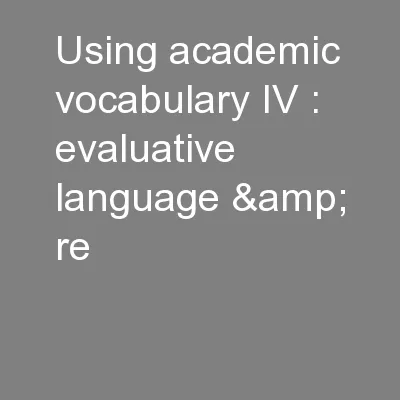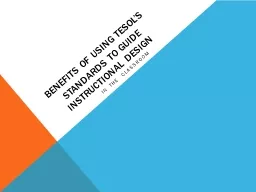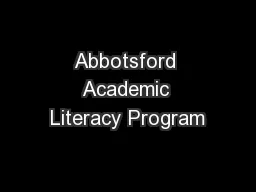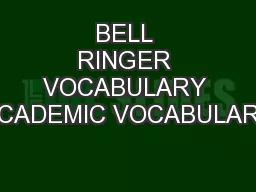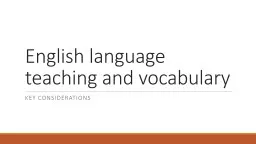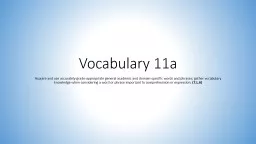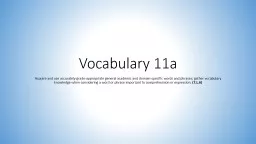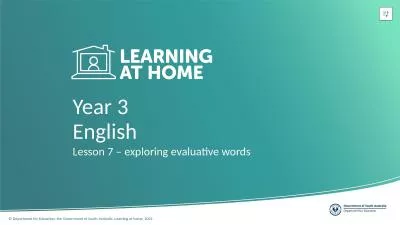PPT-Using academic vocabulary IV : evaluative language & re
Author : tatiana-dople | Published Date : 2016-06-09
Week 5 Feb 16 Reviewing the Literature Academic Vocabulary IV Evaluative Language Agenda Where in your writing do you cite sources Introduction Methods Results Discussion
Presentation Embed Code
Download Presentation
Download Presentation The PPT/PDF document "Using academic vocabulary IV : evaluativ..." is the property of its rightful owner. Permission is granted to download and print the materials on this website for personal, non-commercial use only, and to display it on your personal computer provided you do not modify the materials and that you retain all copyright notices contained in the materials. By downloading content from our website, you accept the terms of this agreement.
Using academic vocabulary IV : evaluative language & re: Transcript
Download Rules Of Document
"Using academic vocabulary IV : evaluative language & re"The content belongs to its owner. You may download and print it for personal use, without modification, and keep all copyright notices. By downloading, you agree to these terms.
Related Documents

